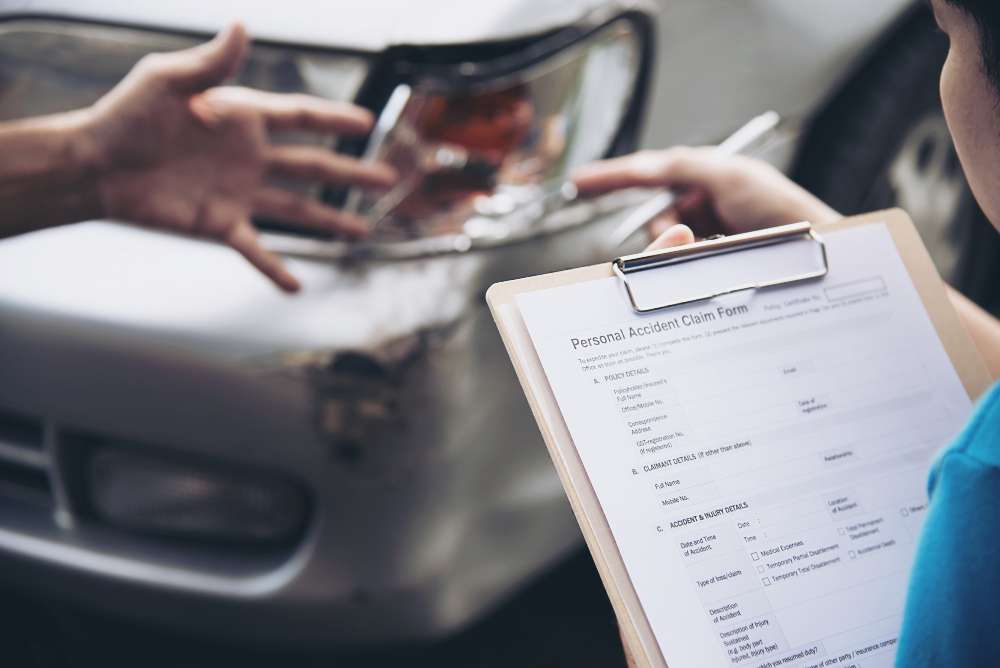The term "full coverage" often gets thrown around in auto insurance. It's a phrase that sounds reassuring as if it provides a blanket of protection for all potential mishaps on the road. However, many myths and misconceptions surround full coverage auto insurance, leaving many drivers needing clarification about what it truly entails. This blog will bust those myths and reveal the facts about full-coverage auto insurance.
Myth 1: Full Coverage Means Everything Is Covered
One of the most common misconceptions about full-coverage auto insurance is that it covers every possible scenario and expense related to your vehicle. Full coverage combines different insurance coverages, typically including liability, collision, and comprehensive coverage.
Liability Coverage: Most states have laws requiring this. If your actions cause an accident and cause personal harm or property damage to someone else, this insurance pays for those costs. However, it does not cover your medical expenses or damage to your vehicle.
Collision Coverage: In the event of an accident, regardless of who was at blame, this assists in paying for repairs to your car. It's not all-encompassing, though. It won't cover regular wear and tear and may have a deductible you'll need to pay before the insurance kicks in.
Comprehensive Coverage: Often referred to as "other-than-collision" coverage, it covers damage to your vehicle caused by incidents like theft, vandalism, weather events, or hitting an animal. Like collision coverage, it may come with a deductible.
Myth 2: Full Coverage Is Expensive
While full coverage auto insurance tends to be more expensive than minimum coverage policies, it's essential to understand that the cost varies based on several factors:
Your Driving History: A clean driving record typically lowers premiums, while accidents and traffic violations can increase your rates.
Your Vehicle: The make and model of your car, its age, and its safety features can affect the cost of insurance.
Deductible Amount: Opting for a higher deductible can lower your premiums, but you'll have to pay more out of pocket in case of a claim.
Location: Insurance rates can vary significantly by state and even ZIP code due to factors like accident rates and local laws.
Myth 3: Full Coverage Covers the Full Value of Your Car
Another myth is that full coverage will always cover the total value of your vehicle. In reality, insurance companies often consider the actual cash value (ACV) of your car, which takes into account depreciation. As your car ages, its ACV decreases, and your insurance payout may not fully cover the cost of a new vehicle if yours is totaled.
To bridge this gap, some policies offer options like gap insurance, which covers the difference between your car's ACV and what you owe on your auto loan or lease. This can be particularly useful for driving a new or expensive vehicle.
Myth 4: Full Coverage Covers Any Damage to Your Vehicle
It's crucial to understand that full coverage auto insurance does not cover every damage your vehicle might encounter. Here are some common scenarios that may not be covered:
Regular Maintenance: Insurance won't pay for routine maintenance like oil changes, tire rotations, or brake replacements.
Wear and Tear: All vehicles experience wear and tear over time. Full coverage doesn't cover these natural aging processes.
Intentional Damage: Insurance won't cover the repair costs if you intentionally damage your vehicle, such as keying it.
In summary, full coverage auto insurance is a combination of liability, collision, and comprehensive coverage, and it doesn't cover every possible scenario or expense related to your vehicle. It's essential to dispel the myths surrounding full coverage and make informed decisions about your auto insurance based on your individual needs, car, and budget. To get the best coverage for your circumstances, consider shopping around, comparing quotes, and consulting with insurance professionals who can help you tailor a policy that suits your specific requirements and provides you with the protection you need on the road.



